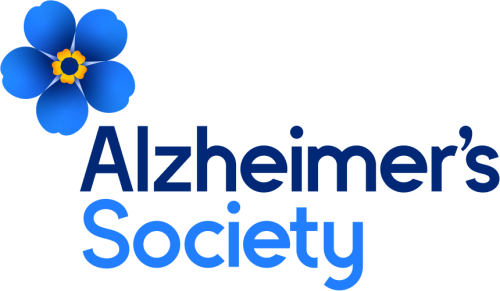BibTex format
@article{Kolanko:2022:10.1002/alz.068241,
author = {Kolanko, MA and Soreq, E and Lai, H and Barnaghi, P and Dijk, D-J and Sharp, DJ},
doi = {10.1002/alz.068241},
journal = {Alzheimers Dement},
title = {Clinically relevant monitoring of long-term night-time behaviour and physiology from the homes of people living with dementia.},
url = {http://dx.doi.org/10.1002/alz.068241},
volume = {18 Suppl 2},
year = {2022}
}




